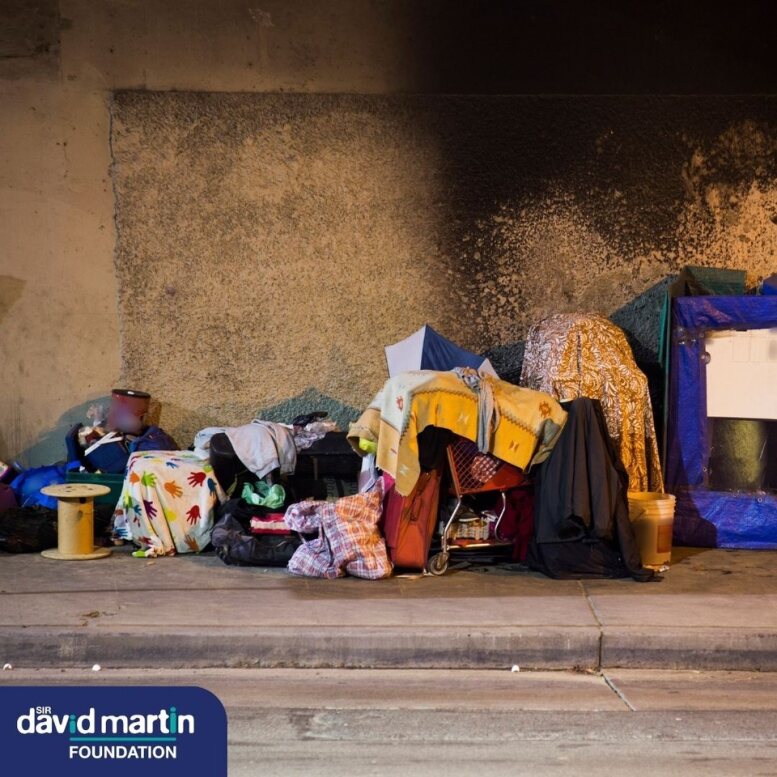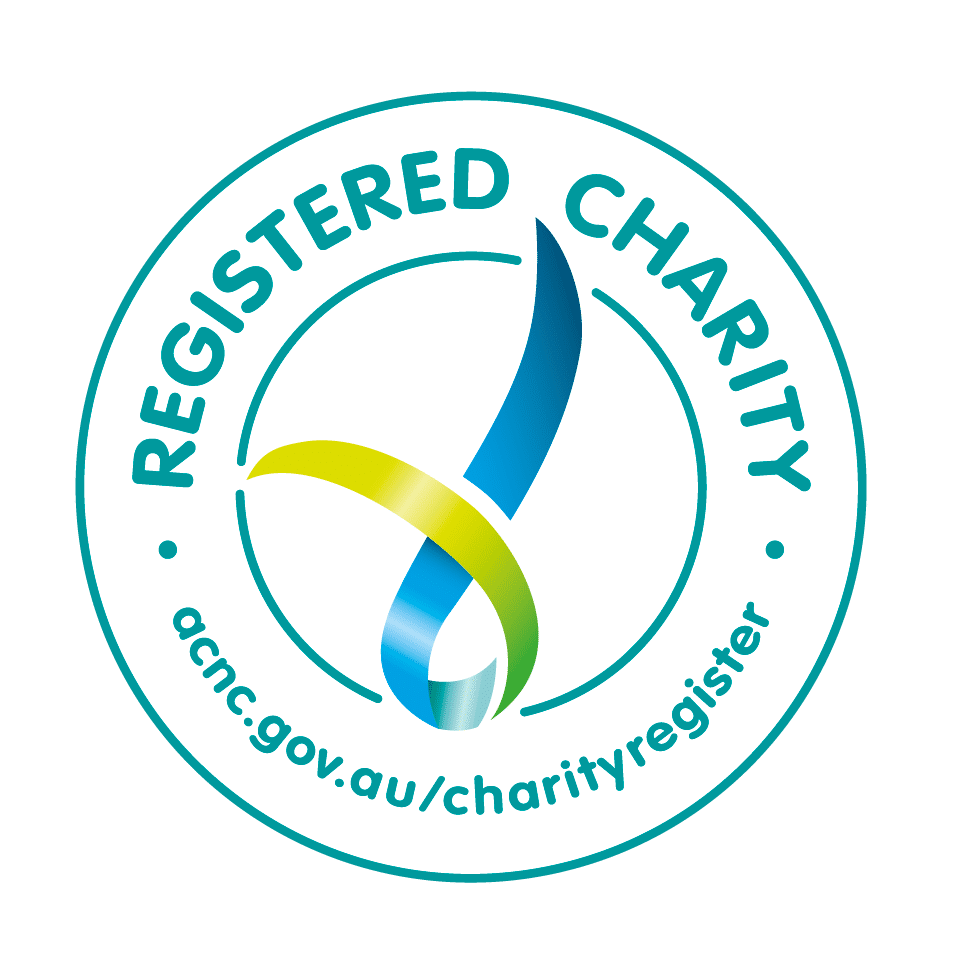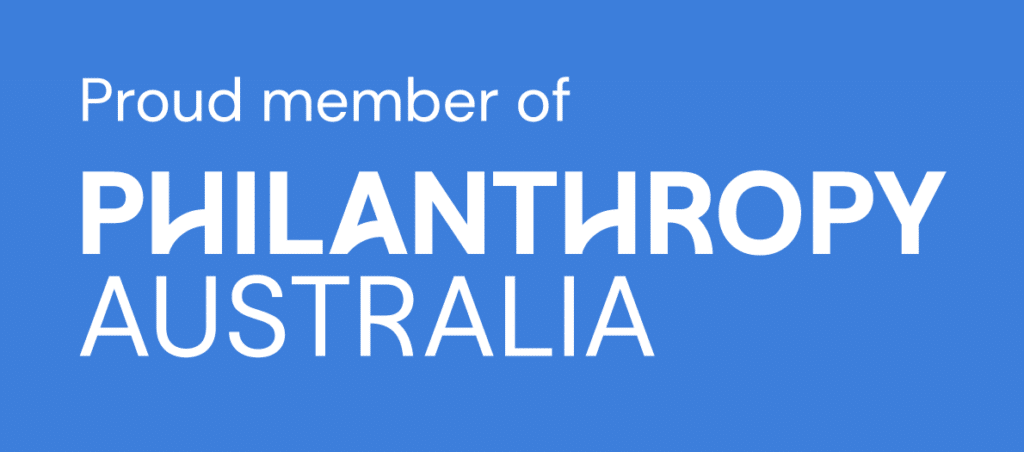Everyone deserves to have a secure and safe place to call home. Unfortunately, that is not the case for many Australians, particularly among the most vulnerable and disadvantaged demographics.
World Homeless Day is held on 10 October every year internationally to bring awareness, change, and help to those facing this devastating issue.
A complex issue
Homelessness is a complex issue that doesn’t discriminate by age and often takes forms less visible than we might assume. It’s important to recognise that homelessness doesn’t solely mean lacking a roof over one’s head. It’s about having a safe and secure place to call home.
The Australian Institute of Health and Welfare (AIHW), identifies various types of homelessness including (but not limited to):
- ‘Rough sleepers’ living in improvised dwellings, tents or sleeping out
- People in supported accommodation services for the homeless
- ‘Couch surfing’ or staying temporarily with other friends or family
- People living in boarding houses and other temporary lodgings
- Overpopulated and ‘severely’ crowded dwellings
Source[1]
These categories help us to understand that homelessness covers a large range of living arrangements which people can find themselves in.
Unfortunate causes
Sadly, most cases of homelessness are caused by circumstances outside of the person’s control. No one wants to be forced into living under unstable or unsafe arrangements. Factors that contribute to someone’s homelessness include family and domestic violence, education, employment, health and disability, and access to affordable housing.[2]
Domestic violence is a leading cause of homelessness in Australia.[3] Shockingly, the AIHW Specialist Homelessness Services Annual Report 2021-22, revealed that one in six women and one in sixteen men have experienced family or domestic violence from a current or previous partner. Moreover, a staggering 2.5 million adults have suffered abuse during their childhood.[4]
Vulnerable young people
Youth are particularly vulnerable to both the causes and effects of being homeless. Of all people that were experiencing homelessness, almost a quarter of this amount were those from 12 to 24 years old.[5] This is deeply concerning as homelessness can cause significant damage to a young person’s health and wellbeing. Homelessness disrupts crucial stages of personal social development, education and transition to long-term employment.[6]
Being homeless not only changes one’s physical living circumstances but also exposes them to increased health risks, including injuries, infections, and disease.[7] Young people, often lacking financial and social resources, are left with limited choices and support. Consequently, there is a high mortality rate amongst homeless youth, lacking access to medical services, basic hygiene, and heightened vulnerability to sexual exploitation, violence and mental health issues.[8]
Recognising these pressing concerns, young people have become a national priority for Australian, state, and territory governments.[9]
Sir David Martin Foundation has a vision of safety, hope and opportunity for vulnerable young Australians, we are committed to driving awareness of these challenges and providing support to young people, ensuring a brighter future.
[1] https://www.aihw.gov.au/reports/australias-welfare/homelessness-and-homelessness-services
[2] https://www.aihw.gov.au/reports/australias-welfare/homelessness-and-homelessness-services
[3] https://humanrights.gov.au/our-work/education/homelessness
[4] https://www.aihw.gov.au/getmedia/58593639-1b15-4d3c-98f0-fb1769a9e32c/specialist-homelessness-services-annual-report-2021-22.pdf?v=20221124102532&inline=true
[5] https://www.abs.gov.au/statistics/people/housing/estimating-homelessness-census/latest-release#age
[6] https://www.aihw.gov.au/reports/children-youth/homelessness-and-overcrowding
[7] https://www.who.int/news-room/events/detail/2021/01/28/default-calendar/who-webinar—fuel-poverty-homelessness-and-informal-settlements-how-housing-affects-health-equity
[8] https://www.aihw.gov.au/reports/children-youth/homelessness-and-overcrowding
[9] https://www.abs.gov.au/statistics/people/housing/estimating-homelessness-census/latest-release#age







